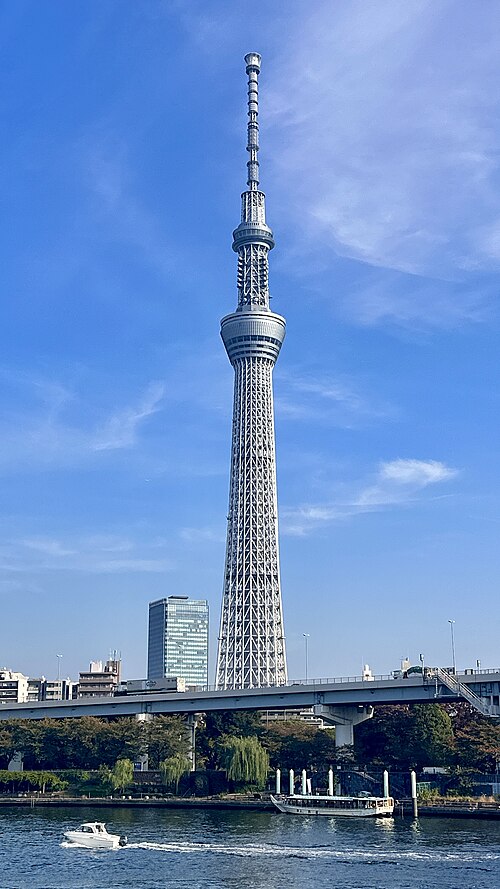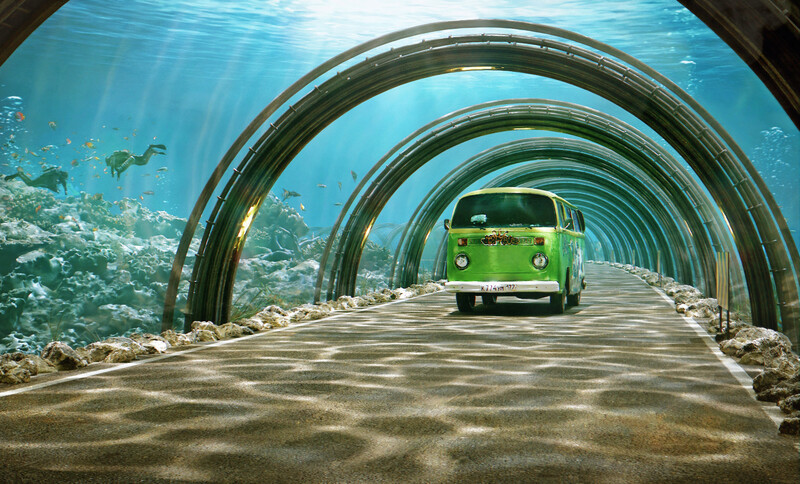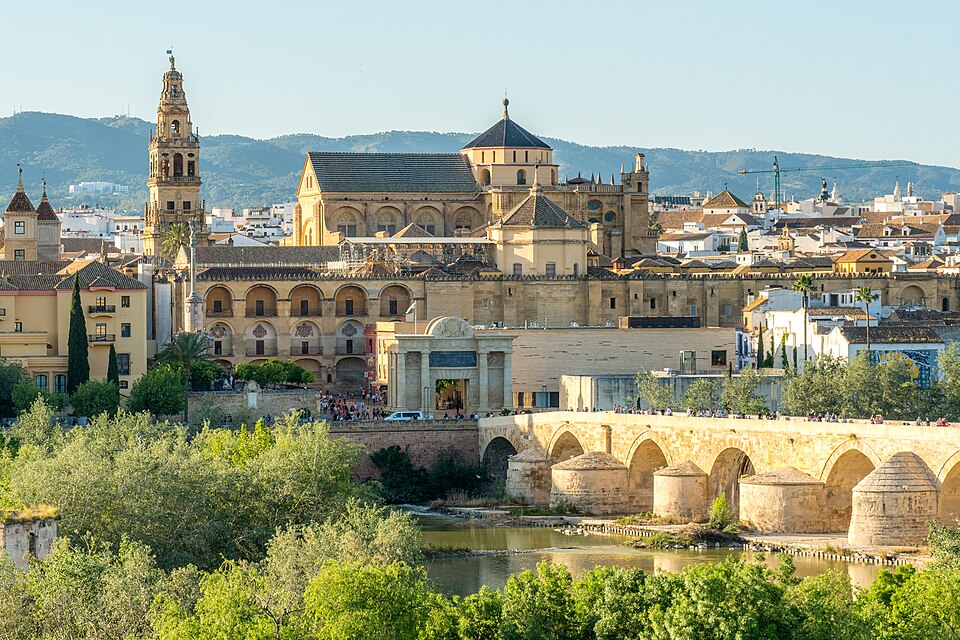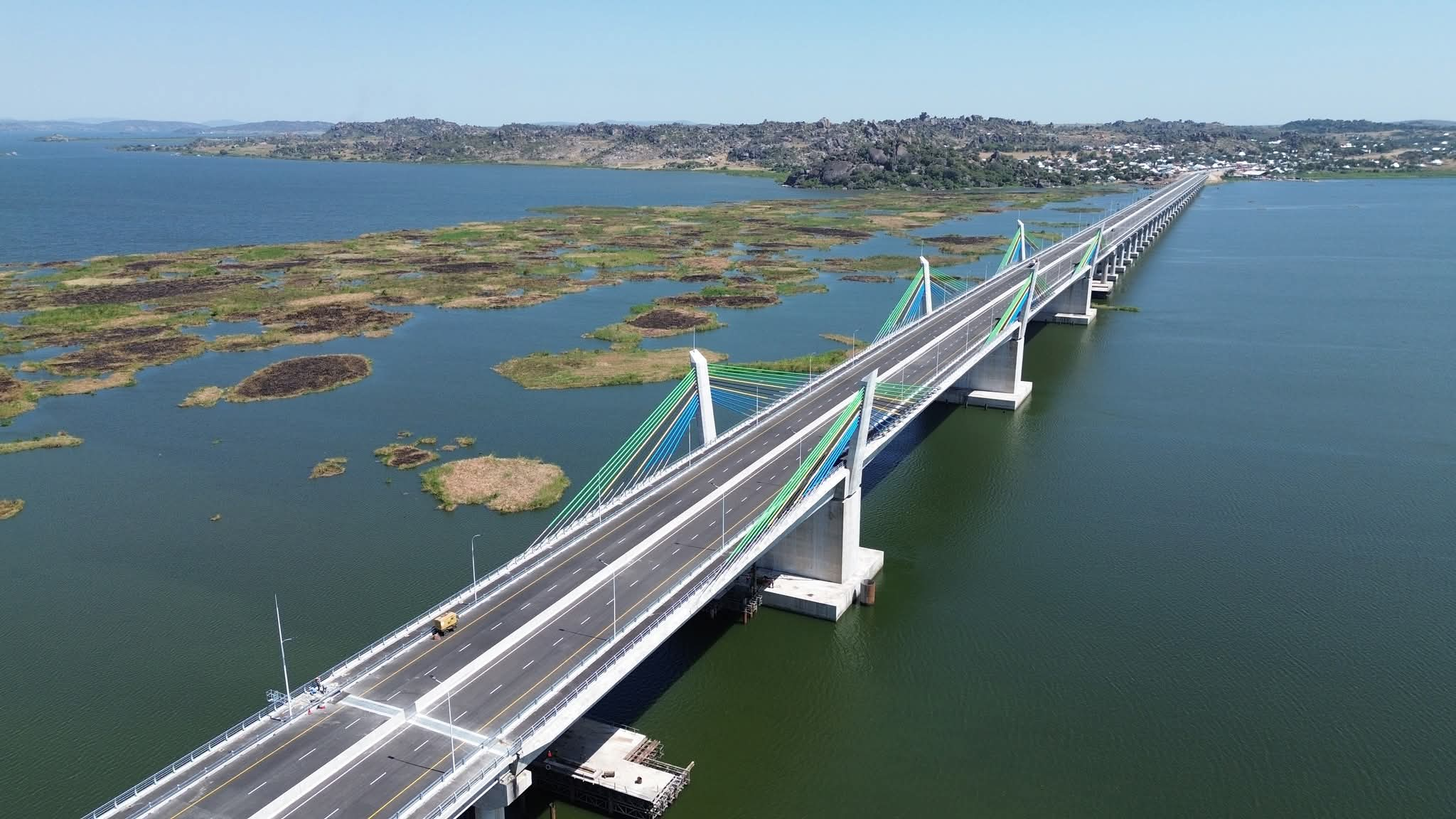AMAZING INFRASTRUCTURE: Tokyo Skytree, Tallest Tower in the World

Did you know that the Tokyo Skytree, which was constructed at the cost of ¥65 billion (Japanese Yen, JPY), holds the record of the tallest tower in the world, measuring 634 meters (2,080 feet)?
Tokyo Skytree is a broadcasting and observation tower in Sumida, Tokyo. It is the primary television and radio broadcast site for the Kantō region—the older Tokyo Tower no longer gives complete digital terrestrial television broadcasting coverage because it is surrounded by high-rise buildings.
Skytree was completed on Leap Day, 29 February 2012, with the tower opening to the public on 22 May 2012. The tower is the centrepiece of a large commercial development funded by Tobu Railway (which owns the complex) and a group of six terrestrial broadcasters headed by the Japan Broadcasting Corporation (NHK).
In 2010 it became the tallest tower in Japan and in March 2011 it reached its full height of 634 meters (2,080 ft), making it the tallest tower in the world displacing the Canton Tower. It is also the third tallest structure in the world after Merdeka 118 (678.9 m or 2,227 ft) and the Burj Khalifa (829.8 m or 2,722 ft) as well as the tallest freestanding tower in the Organisation for Economic Co-operation and Development (OECD), the G20 and G7 countries. The height of 634 m (2,080 ft) was selected to be easily remembered. The figures 6 (mu), 3 (sa), 4 (shi) stand for "Musashi", an old name for the region where the Tokyo Skytree stands.
The tower's design was published on 24 November 2006, based on the following three concepts: Fusion of neofuturistic design and the traditional beauty of Japan; catalyst for revitalization of the city; and contribution to disaster prevention – "Safety and Security".
The base of the tower has a structure similar to a tripod; from a height of about 350 m (1,150 ft) and above, the tower's structure is cylindrical to offer panoramic views of the river and the city. There are observatories at 350 m (1,150 ft), with a capacity of up to 2,000 people, and 450 m (1,480 ft), with a capacity of 900 people. The upper observatory features a spiral, glass-covered skywalk in which visitors ascend the last 5 metres to the highest point at the upper platform. A section of glass flooring gives visitors a direct downward view of the streets below.
The tower has seismic proofing, including a central shaft made of reinforced concrete. The main internal pillar is attached to the outer tower structure for the first 125 metres above ground. From there until 375 metres the pillar is attached to the tower frame with oil dampers, which act as cushions during an earthquake. Additional resilience is achieved through an "added mass control mechanism" (or tuned mass damper) – a damping system which, in the event of an earthquake, moves out of step with the building's structure, to keep the centre of gravity as central as possible to the tower's base. According to the designers, the dampers can absorb 50 percent of the energy from an earthquake.
The exterior lattice is painted a colour officially called "Skytree White". This is an original colour based on a bluish-white traditional Japanese colour called aijiro. The illumination design was published on 16 October 2009. Two illumination patterns alternate daily. One is the sky blue Iki (chic, stylish), and the other is the purple Miyabi (elegance, refinement). The tower is illuminated using LEDs.
From October to November 2007, suggestions were collected from the general public for the name to be given to the tower. On 19 March 2008, a committee chose six final candidate names: "Tokyo sky tree", "Tokyo Edo tower", "Rising tower", "Tower of the future", "Dream lookout", and "Rising east tower". The official name was decided in a nationwide vote, and was announced on 10 June 2008 as "Tokyo Skytree". The name received around 33,000 votes (30%) out of 110,000 cast, with the second most popular name being "Tokyo Edo Tower".
According to Tobu, 1.6 million people visited Skytree in its first week. Local residents reported that the influx of visitors disturbed the peace of their community and had, so far, generated little economic benefit for the local area.
Source: Wikipedia
#penglobalfactfile #TokyoSkyTree


_1755775186.jpg)
